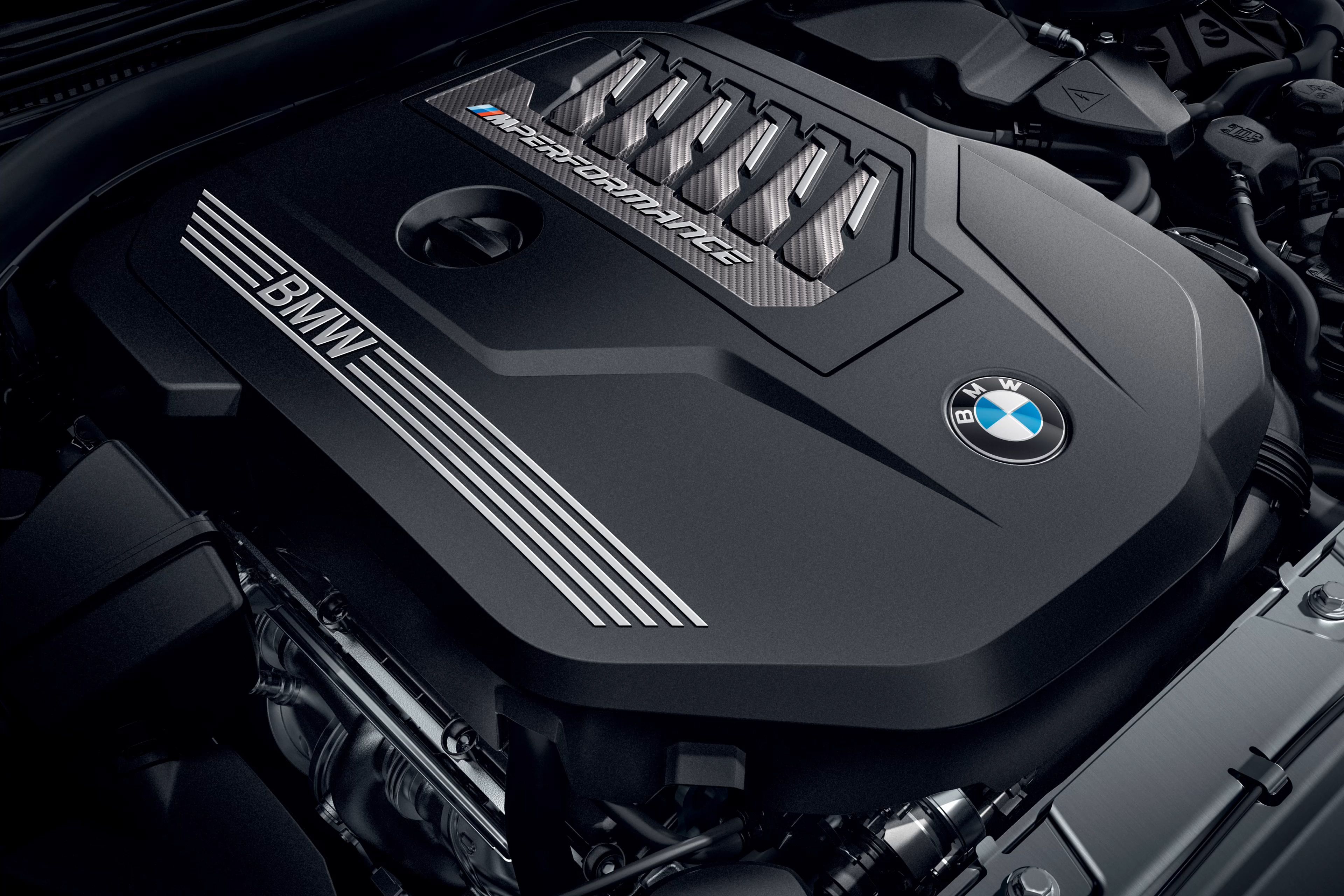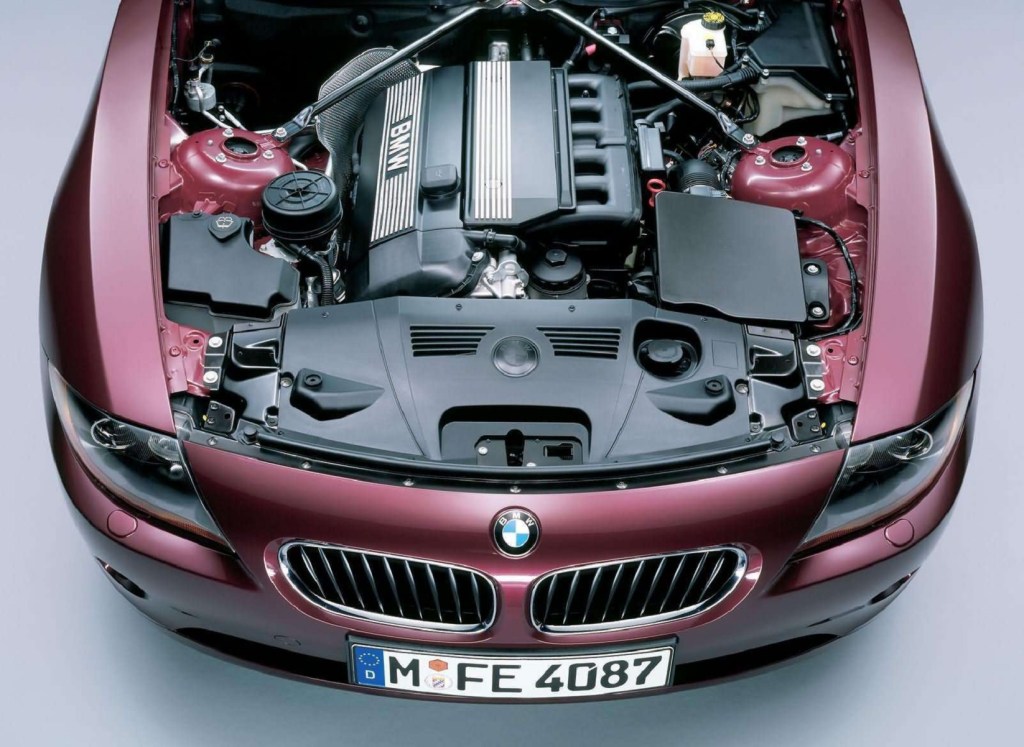A New user's Overview to Choosing the Right BMW Engine for Your Requirements
A New user's Overview to Choosing the Right BMW Engine for Your Requirements
Blog Article
Introducing the Intricacies of Next-Generation Power Units: a Deep Dive Into Advanced Engine Styles and Advancements
As we stand on the precipice of a new era in transport, the ins and outs of next-generation engine designs beckon us to discover the innovative technologies and technologies that guarantee to redefine the driving experience. Diving deeper right into the worlds of discharge control, smart engine management systems, and the perspective of power device development, we find ourselves on the cusp of a makeover that guarantees to reshape the landscape of flexibility as we know it.
Development of Engine Products

The change in the direction of progressed engine materials has also allowed designers to make engines with greater power results while maintaining gas efficiency standards. For example, making use of lightweight materials lowers the overall weight of the engine, leading to improved fuel economy and lower discharges. In addition, advancements in materials technology have enabled better thermal management within engines, resulting in increased dependability and longevity.
Turbocharging and Supercharging Technologies
Just How do Turbocharging and Supercharging Technologies reinvent engine performance and efficiency in modern-day cars? Turbocharging and turbo charging are technologies that dramatically improve engine performance by enhancing the amount of air consumption into the combustion chamber. Turbocharging accomplishes this by utilizing a generator driven by exhaust gases to pressurize the consumption air, while supercharging makes use of a belt- or chain-driven compressor to accomplish the very same impact.
These technologies enable smaller sized, much more fuel-efficient engines to generate power comparable to bigger ones, called downsizing. Forcibly more air into the cyndrical tubes, turbocharging and supercharging improve burning efficiency, leading to raised horsepower and torque outcome without a significant rise in engine size. This results in far better acceleration, hauling capacity, and general driving efficiency.
Moreover, turbo charging and turbocharging add to enhanced gas efficiency by enabling the usage of smaller sized engines that eat less gas under normal driving problems - bmw engine. This combination of enhanced performance and effectiveness has made turbocharging and supercharging indispensable components of numerous contemporary engine styles
Exhaust Control and Environmental Impact
With enhancing worldwide problems regarding air quality and ecological sustainability, the execution of exhaust control technologies in cars plays a critical duty in lowering damaging contaminants launched into the environment. Modern automobiles are geared up with innovative exhaust control systems that assist minimize the environmental impact of automotive operations. Catalytic converters, for circumstances, are made to convert toxic gases such as carbon monoxide, nitrogen oxides, and hydrocarbons into less hazardous substances like carbon dioxide and water vapor.
Furthermore, advancements in engine innovation, such as the combination of exhaust gas recirculation systems and selective catalytic reduction, have actually dramatically added to reducing exhausts. These modern technologies operate in tandem to optimize burning performance and decrease the release of unsafe toxins into the air. In addition, the development of crossbreed and electric vehicles stands for a critical step towards reducing the total environmental footprint of the transportation industry.
Intelligent Engine Administration Systems

Moreover, these systems allow lorries to fulfill strict discharges criteria without endangering performance, giving an extra eco pleasant driving experience. The assimilation of man-made knowledge and machine knowing capacities in engine monitoring systems proceeds to press the limits of what is feasible, resulting in further enhancements in efficiency, dependability, and total lorry efficiency. bmw engine. As auto technology breakthroughs, intelligent engine monitoring systems will play a critical role in shaping the future of transportation towards a more sustainable and reliable direction
Future Trends in Power System Growth
As smart engine administration systems pave the means for boosted control and optimization in contemporary vehicles, future fads in power device development are poised to redefine the landscape of automotive propulsion modern technologies. These alternative power sources provide boosted effectiveness and performance while lining up with strict ecological regulations.
One more significant pattern is the integration of innovative products and making strategies. Light-weight materials such as carbon fiber and light weight aluminum are being used to reduce total lorry weight, enhancing gas efficiency and efficiency. In addition, improvements in 3D printing and additive manufacturing are allowing the production of intricate engine parts with greater accuracy and durability.
Additionally, artificial intelligence and artificial intelligence are playing an important duty in optimizing power system efficiency. These innovations permit real-time monitoring and adaptive control, leading to a lot more effective and reliable power delivery. Generally, future trends in power device browse around this web-site growth are geared in the direction of efficiency, effectiveness, and sustainability, driving the automotive market towards a brand-new era of propulsion innovations.

Final Thought
In final thought, the innovations in engine products, turbocharging, exhaust control, and intelligent management systems have actually led the way for next-generation power devices. These developments have not only enhanced efficiency and effectiveness but additionally decreased ecological effect. As technology continues to progress, future trends in power system development are most likely to concentrate on additional improving sustainability and enhancing power result. The elaborate layouts and innovations in modern-day engines display the recurring development of vehicle innovation.
Discovering the modern improvements in engine products has actually been critical in enhancing the performance and effectiveness of modern engines. Over the years, the evolution of engine products has played a vital role in pushing the limits of what engines can attain.The change towards progressed engine materials has also enabled engineers to design engines with higher power results while preserving fuel performance standards.The application of intelligent engine monitoring systems in modern vehicles has reinvented the method engines are managed and optimized for efficiency and performance. By gathering information in real-time and examining it with innovative algorithms, smart engine management systems can adapt to driving designs, environmental elements, and engine wellness to optimize power output while lessening fuel intake and exhausts.
Report this page